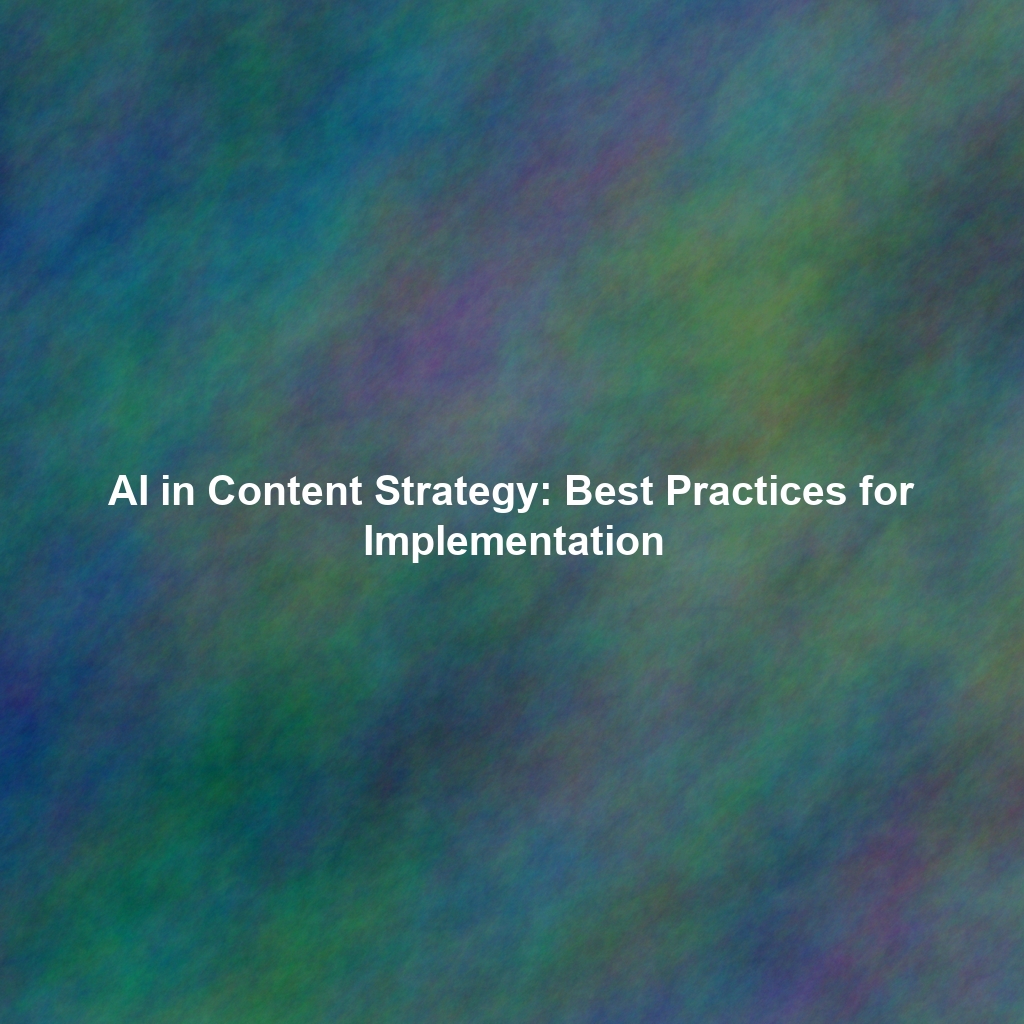Latin America is a vibrant and diverse market, representing a significant opportunity for businesses looking to expand their reach. However, simply translating your existing content won’t cut it. To truly connect with Latin American audiences, you need to understand the nuances of content localization and content transcreation. Choosing the right approach can be the difference between a successful campaign and a costly misstep.
Understanding the Landscape: Why Localization Matters in Latin America
Latin America isn’t a monolith. It encompasses numerous countries, each with its own unique culture, dialects, values, and preferences. From the bustling metropolis of São Paulo to the ancient ruins of Cusco, the region offers a rich tapestry of experiences. Therefore, a one-size-fits-all approach to content simply won’t resonate.
Ignoring these differences can lead to:
- Misunderstandings: Slang and idioms can vary drastically between countries.
- Offense: Certain images or themes may be considered inappropriate in specific cultures.
- Missed Opportunities: Failing to address local needs and desires.
Content Localization: Adapting for Accessibility
What is Content Localization?
Content localization involves adapting your existing content to a specific target market. This goes beyond simple translation; it includes:
- Language Translation: Accurate and fluent translation by native speakers.
- Date and Time Formats: Adapting to local conventions (e.g., DD/MM/YYYY vs. MM/DD/YYYY).
- Currency Conversion: Displaying prices in local currencies.
- Measurement Units: Converting units (e.g., miles to kilometers, pounds to kilograms).
- Imagery and Visuals: Ensuring visuals are culturally appropriate and resonate with the target audience.
When to Use Localization
Localization is ideal when the core message remains the same, but the presentation needs to be adapted for clarity and accessibility. Examples include:
- Website Interfaces: Translating menus, buttons, and navigation elements.
- Software Applications: Adapting the user interface for local languages and conventions.
- Technical Documentation: Ensuring instructions are clear and easy to understand.
- Product Packaging: Providing information in the local language.
Content Transcreation: Reimagining for Resonance
What is Content Transcreation?
Content transcreation takes localization a step further. It involves recreating the intent, style, and emotional impact of the original content, rather than simply translating the words. This requires a deep understanding of the target audience’s culture, values, and motivations.
Transcreation often involves:
- Rewriting Copy: Adapting slogans, taglines, and advertising copy to resonate with local sensibilities.
- Reimagining Visuals: Using different imagery and design elements to evoke the desired emotions.
- Adjusting Tone and Style: Matching the communication style to local preferences (e.g., formal vs. informal).
- Creating New Content: Developing entirely new content that addresses specific local needs and interests.
When to Use Transcreation
Transcreation is essential when you want to create a strong emotional connection with your audience and build brand loyalty. It’s particularly important for:
- Marketing Campaigns: Advertising, social media, and promotional materials.
- Brand Storytelling: Communicating your brand values in a way that resonates with local culture.
- Creative Content: Blog posts, articles, and videos that aim to engage and entertain.
Examples of Success and Failure in Latin America
Successful Examples:
- Netflix: They heavily invest in localized content, including dubbed versions of popular shows and original Latin American productions, catering to diverse tastes and ensuring cultural relevance.
- Coca-Cola: Their marketing campaigns often feature local celebrities and cultural events, creating a strong connection with consumers in each country.
Unsuccessful Examples:
- Generic Advertising Campaigns: Companies that simply translate their global campaigns without considering local nuances often fail to resonate with audiences and can even be perceived as insensitive.
- Ignoring Regional Dialects: Using overly formal or generic Spanish can alienate speakers of specific dialects.
Choosing the Right Approach: A Practical Guide
Here’s a framework for deciding between localization and transcreation:
- Define Your Goals: What do you want to achieve with your content? Are you simply providing information, or are you trying to build a brand relationship?
- Understand Your Audience: Research your target market’s culture, values, and preferences.
- Assess Your Content: Is your content highly technical and factual, or is it more creative and emotional?
- Consider Your Budget: Transcreation typically requires more investment than localization.
- Work with Experts: Partner with experienced linguists, translators, and cultural consultants who understand the Latin American market. Native speakers are critical for both localization and transcreation.
Key Takeaways for Search Engine Strategies in Latin America
- Keyword Research in Local Languages: Conduct thorough keyword research in Spanish and Portuguese (and potentially other regional languages) to understand how your target audience searches for information.
- Optimize for Local Search Engines: While Google dominates in many Latin American countries, other search engines like Bing and local players may have significant market share in specific regions.
- Build Local Backlinks: Acquire backlinks from reputable Latin American websites to improve your search engine ranking.
- Use hreflang Tags: Implement hreflang tags to signal to search engines which language and region your content is targeting. This helps ensure that users are directed to the correct version of your website.
- Mobile-First Optimization: Latin America is a mobile-first market. Ensure your website is optimized for mobile devices.
Conclusion
Successfully engaging Latin American audiences requires a strategic approach to content. By understanding the differences between localization and transcreation and investing in culturally relevant content, you can build trust, foster loyalty, and achieve your business goals in this dynamic and rewarding market. Remember that cultural sensitivity and linguistic accuracy are paramount. When in doubt, lean towards transcreation to ensure your message truly resonates with your target audience. The investment will pay off in the long run.
 Skip to content
Skip to content
